The story behind La Pausa, Gabrielle ‘Coco’ Chanel’s newly restored holiday home on the French Riviera
Following a meticulous multiyear restoration by the house of Chanel, La Pausa reopens as a private home and space for creative contemplation and inspiration
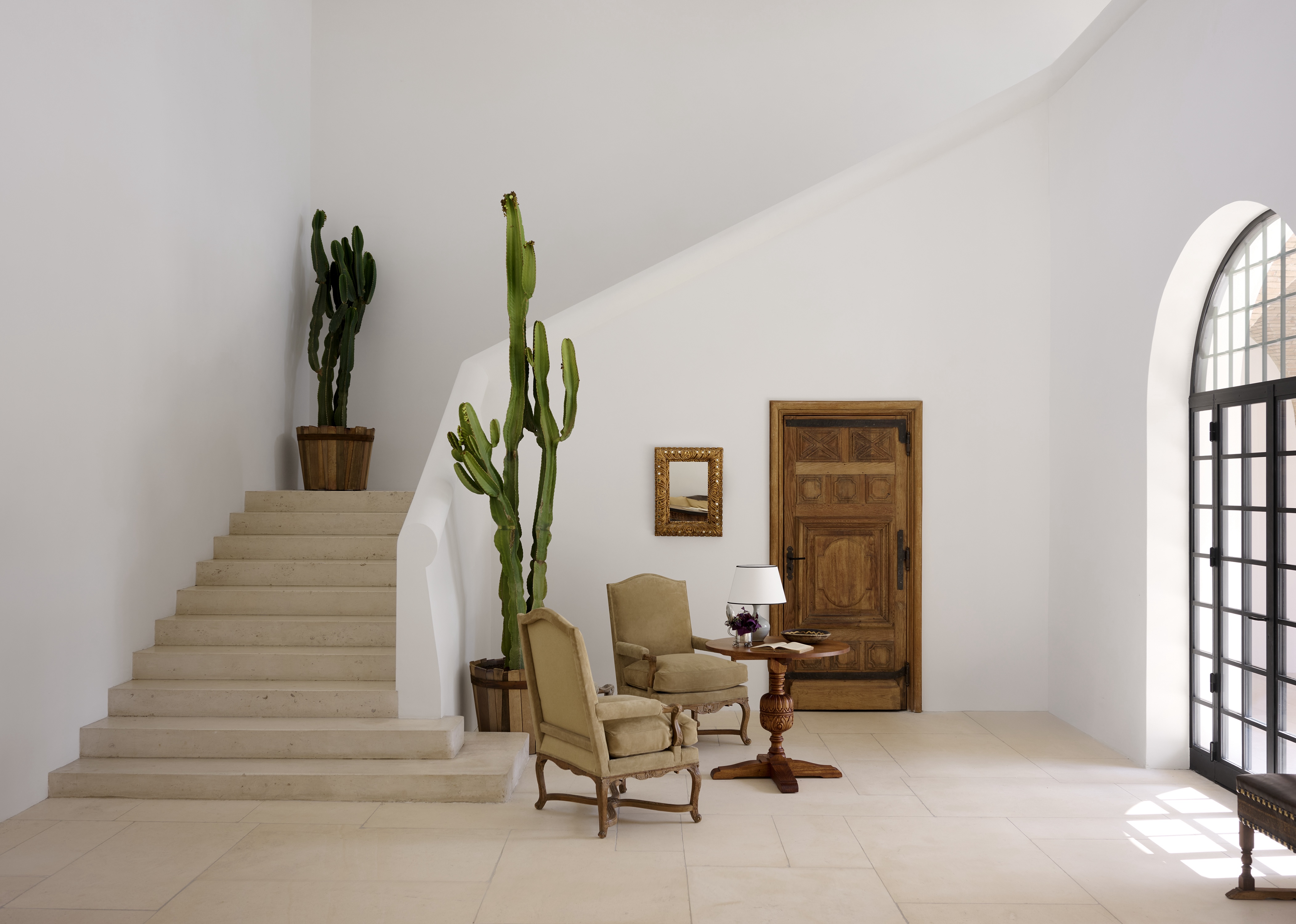
Gabrielle ‘Coco’ Chanel once quipped: ‘In order to be irreplaceable, one must always be different’. At the only home entirely imagined by her – in the dreamlike setting of the Côte d’Azur in the late 1920s – she designed a place so precise, there is no improving it a century later.
Instead, La Pausa has been meticulously restored by the house of Chanel after acquiring it in 2015 and embarking on over a decade of renovations with architect and close collaborator Peter Marino. He pored over hundreds of fading photographs to understand Chanel’s decorating spirit. ‘I hoped the restoration would recall the time in which the house was built, as though Mademoiselle Chanel had left the room only five minutes before,’ says Marino. ’Authenticity and the history of La Pausa were paramount.’
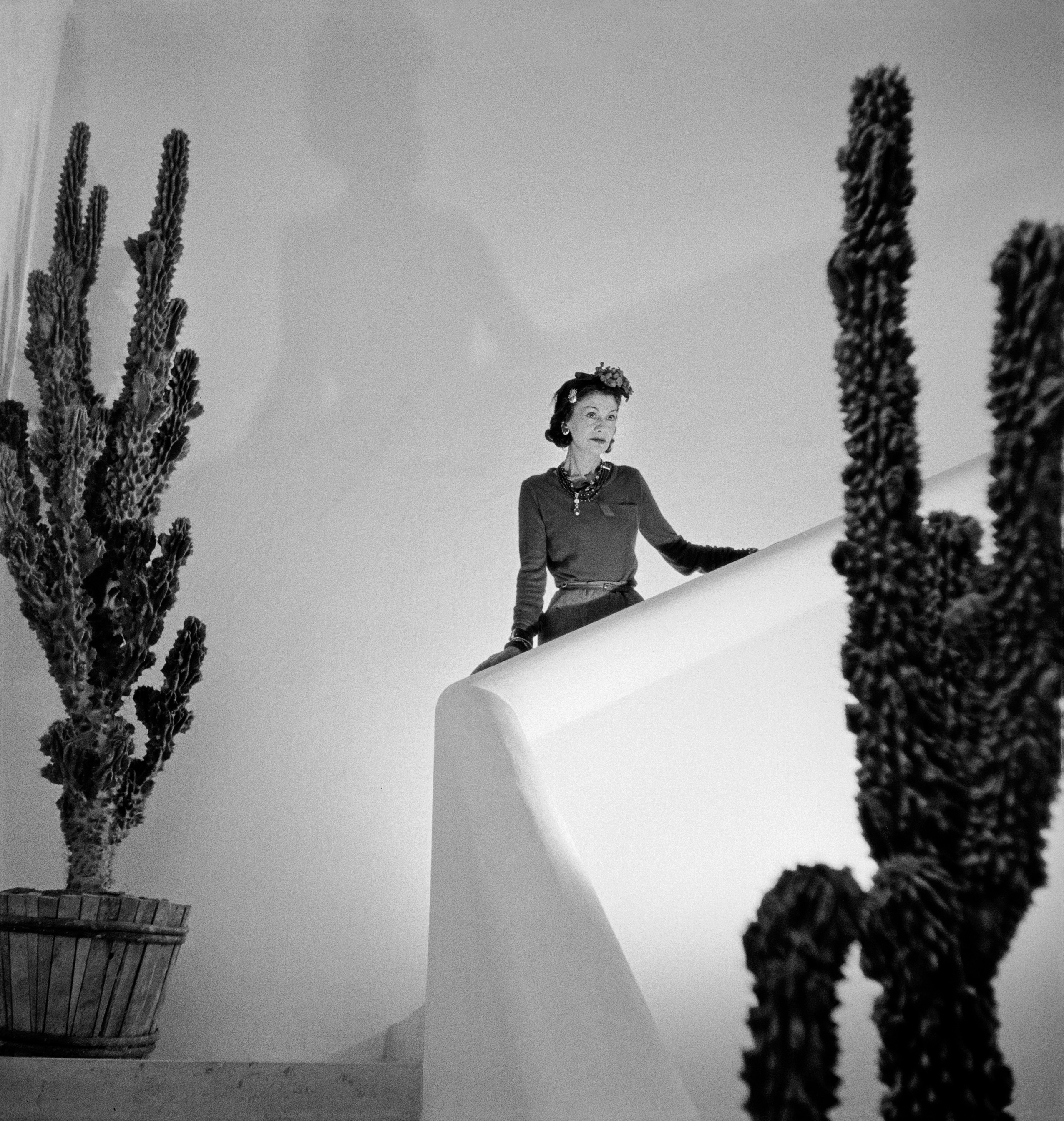
Gabrielle ‘Coco’ Chanel, who commissioned architect Robert Streitz to design La Pausa, in the home’s entryway
On a cliff in the sea-sprayed commune of Roquebrune-Cap-Martin, the architecture of La Pausa echoes Chanel’s style, luxurious without ostentation. She entrusted a young architect, Robert Streitz, to create her ideal Mediterranean villa in a swaying olive grove with a focus, much like her fashion, on lines and light. Monastic and modern, La Pausa is essentially a square around a cloister with simple stone arches, and is decorated in a sparingly Baroque style with carved Spanish furniture and Persian carpets. In the west wing are the bedrooms of Chanel and the Duke of Westminster (her partner, who would sail around the Mediterranean on his yacht, the Flying Cloud).
The team behind Chanel Heritage Sites bought back many pieces of La Pausa’s furniture at auction in Paris, including Chanel’s gilded wrought iron headboard. As before, a gold star has been added to the headboard – a timeless motif of good fortune, which often appeared in her jewellery. While Chanel’s wood-panelled room featured a triple-mirrored built-in dressing table, displaying Chanel’s make-up and fragrance collection, there was notably no large wardrobing. Of course, she would have packed light.
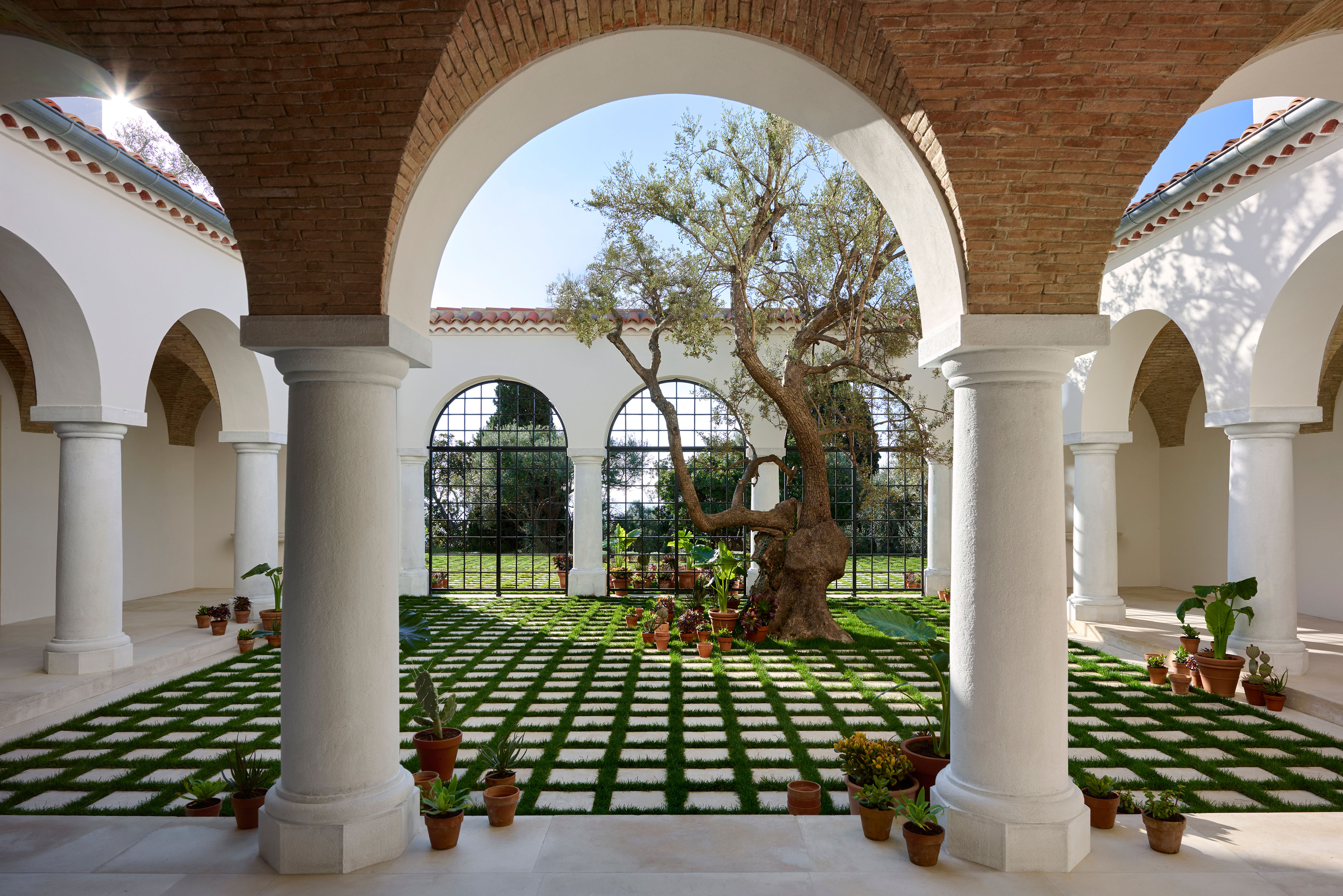
The home’s cloister-like exterior, inspired by Aubazine Abbey, where the couturier spent much of her childhood
Chanel liked to say that she had ‘lived on staircases’, and the one at La Pausa – which she would descend no earlier than 1pm – was inspired by a grand stone staircase at the Aubazine Abbey, where she had spent years as a child (the nuns there also inspired her striking black and white fashion palette). Streitz was sent to Corrèze to take measurements, and the resulting ceilings soar like a church nave. Placed below are five windows, alluding to Chanel No 5 eau de parfum and creating a spritz of sunshine.
Designed at the height of her success, Chanel’s villa was a space for much-deserved relaxation, before new inspirations. The walls are surprisingly bare – because here she collected artists over art itself, with visits from Riviera regulars Pablo Picasso and Jean Cocteau, writer Colette and composer Igor Stravinsky. Despite a well-documented rivalry, it’s believed even Christian Dior visited, as he ran a gallery with Pierre Colle, a frequent guest at La Pausa.

The exterior of La Pausa, as photographed in 1938
Guests met over lunches and dinners that snubbed the stuffy protocols of the early 20th century. A bare wooden table was never set the same way twice, with colourful fruits and vegetables in silver bowls, or freshly cut garden flowers. Marino particularly liked a setting with ‘funny little crystal candlesticks’ that remind him of Chanel’s love of rock crystal chandeliers. Conversations flowed between guests who chose their seats. They were only interrupted by Ugo, the Italian butler, bringing coffee or Champagne to the table.
Receive our daily digest of inspiration, escapism and design stories from around the world direct to your inbox.
After lunch, conversations continued on the terrace while some took strolls or played tennis on the five-acre property’s clay court. Chanel would wear jersey trousers and red canvas espadrilles with a thick cork sole, ideal for rough paths, before changing into a flexible suit for sport.
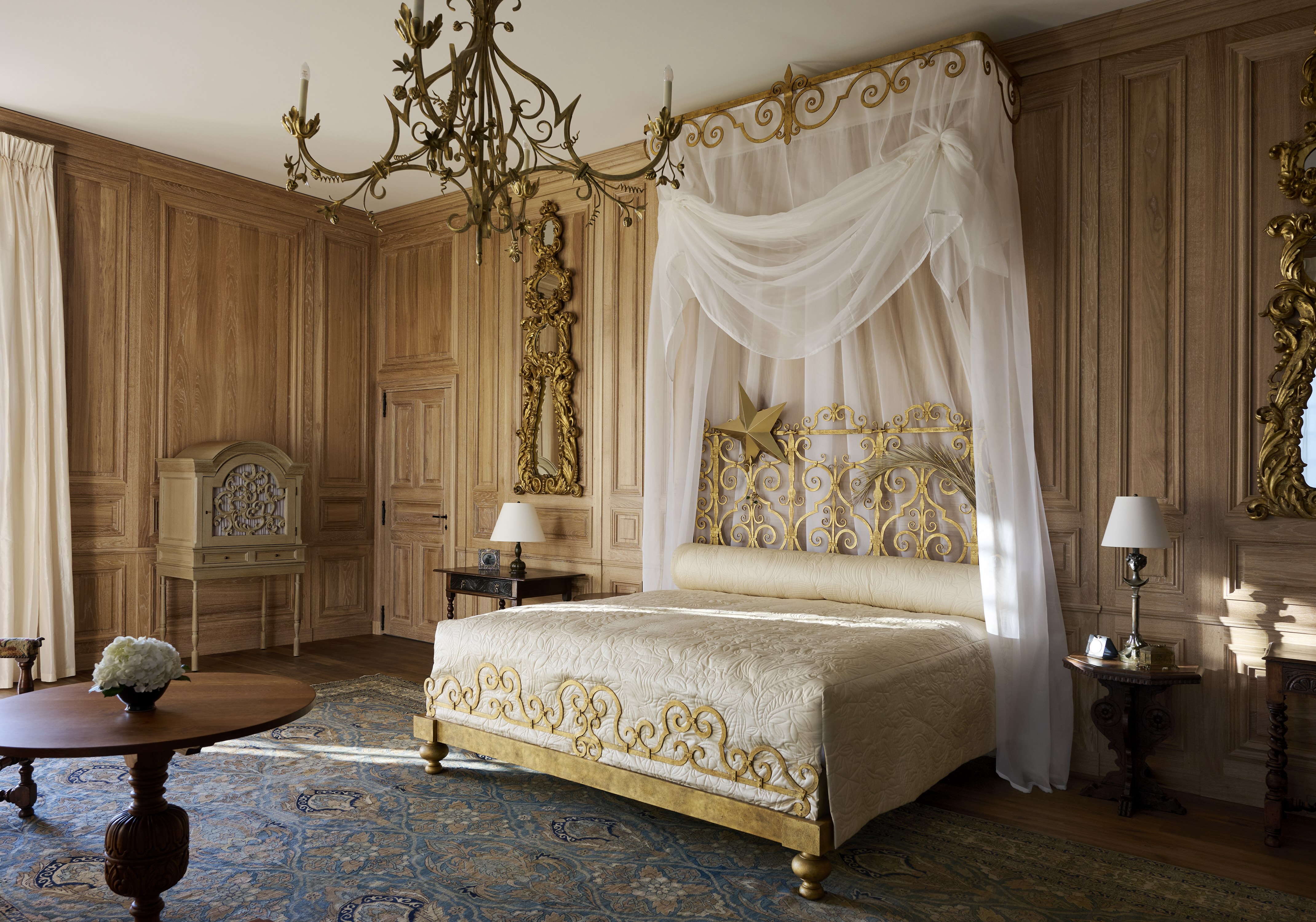
The restored bedroom, which features her original bed – purchased in auction – and a golden star, a favoured motif of Mademoiselle Chanel
In the evening, guests sometimes played roulette at the Monte Carlo casino, but they were often more tempted by the company at La Pausa. Misia Sert would play the piano as rugs were rolled up and guests danced along to a tune that floated out to the sea. As one writer noted, Chanel sometimes tied wide, flowing ribbons in her hair. La Pausa obeyed only its own rules, much like Chanel’s style.
Throughout her life, Chanel supported artists who shared a taste for the avant-garde, audacity, and amusement. None more so than Salvador Dalí, who stayed in the little guesthouse next to the chapel with his wife Gala during the Spanish Civil War. Over four months, he finished eleven paintings in ‘ephemeral studios’ he set up in various corners of the villa. He also worked on his memoirs at this pivotal time for his artistic persona.
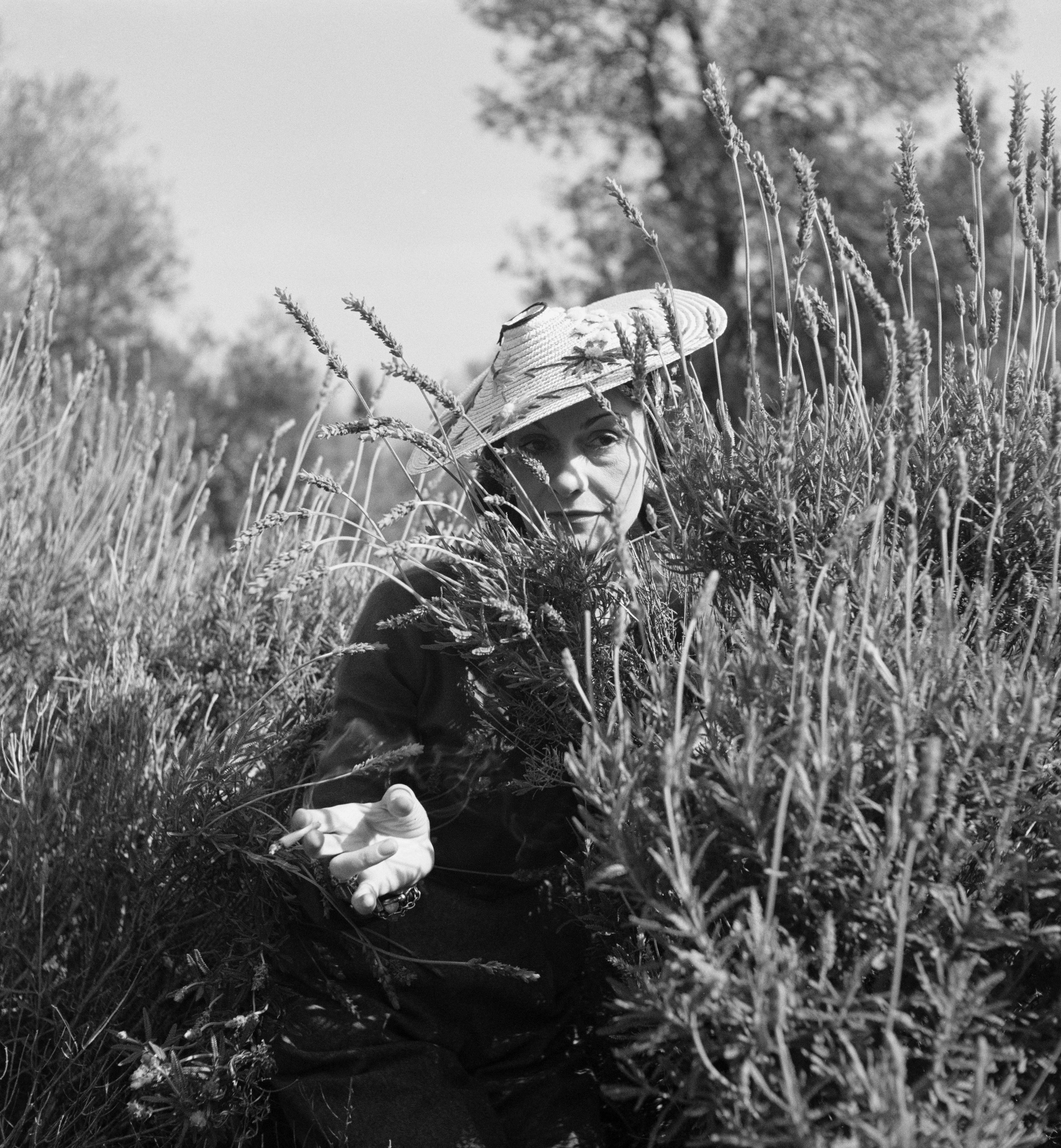
Gabrielle ‘Coco’ Chanel photographed in 1938 amid La Pausa’s lavender-covered grounds
The only sign of time passing at La Pausa, which fittingly means ‘the pause’ in French, is in the olive grove today – where silver-leaved branches slowly intertwine. Chanel did not embrace her era’s preference for exotic and modernist gardens. Instead, her villa chose to commune with its natural surroundings, and none of the 250 trees were uprooted – with one particularly striking tree having to be built around at the entrance. ‘That’s the most telling statement of her attitude: you leave the trees where they are, you don’t touch them. You had to walk around the olive tree to get to her front door,’ says Marino.
With a great respect for the rugged French Riviera landscape, Chanel was one of the first to cultivate lavender and other plants previously regarded as too rustic or commonplace. Inside, two candelabra cacti, in simple wooden planters, were personally nurtured by Marino to reach the same height as the originals.
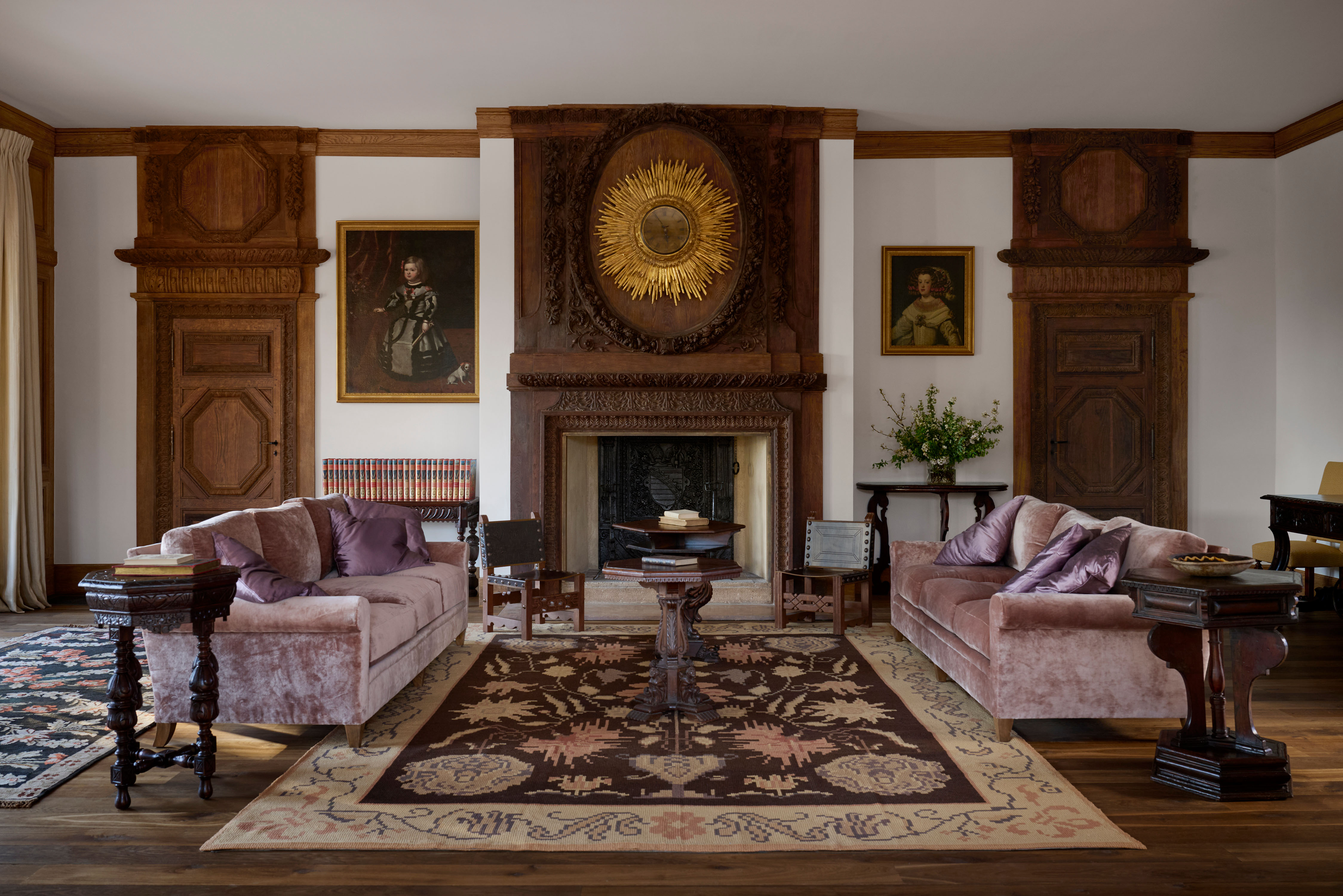
The living room of La Pausa, which has reopened as a private home
The restoration also honours its environment by converting to renewable electricity. The only intrusions to the restoration are the complete update of the house’s plumbing, ventilation, and electrical systems (which are invisible).
After reopening this summer, La Pausa is once again a private home that captures the creative effervescence of the Côte d’Azur. In the ‘dream space’, where Chanel spent her most free-spirited days, friends of the house will again meet for cultural exchanges through the Chanel Arts & Culture programming – like a recent series of podcast ‘Chanel Connects’, which was recorded in the home. Fashion fades, but the hosting style of Chanel remains.
With an eye for detail and style, Jessica-Belle Greer is a features editor from Aotearoa, New Zealand. Now based in London, she is exploring new horizons as a freelance writer for publications including The Financial Times, The Times, Wallpaper* and Condé Nast Traveller.
-
 Deep dive into Carlos H Matos' boundary-pushing architecture practice in Mexico
Deep dive into Carlos H Matos' boundary-pushing architecture practice in MexicoMexican architect Carlos H Matos' designs balance the organic and geometric, figurative and abstract, primitive and futuristic
-
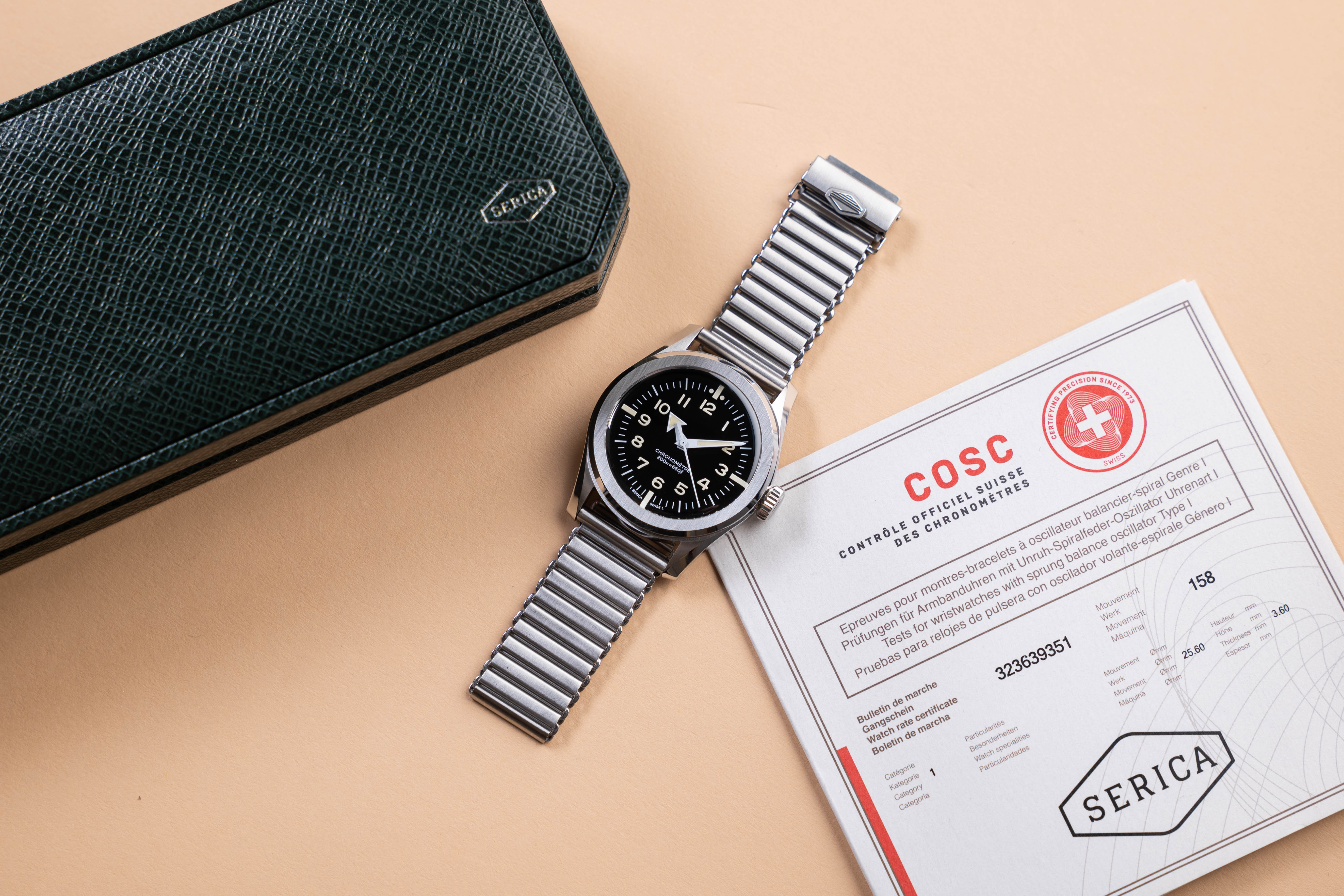 Click to buy: how will we buy watches in 2026?
Click to buy: how will we buy watches in 2026?Time was when a watch was bought only in a shop - the trying on was all part of the 'white glove' sales experience. But can the watch industry really put off the digital world any longer?
-
 Don't miss these art exhibitions to see in January
Don't miss these art exhibitions to see in JanuaryStart the year with an inspiring dose of culture - here are the best things to see in January
-
 The Wallpaper* style team recall their personal style moments of 2025
The Wallpaper* style team recall their personal style moments of 2025In a landmark year for fashion, the Wallpaper* style editors found joy in the new – from Matthieu Blazy’s Chanel debut to a clean slate at Jil Sander
-
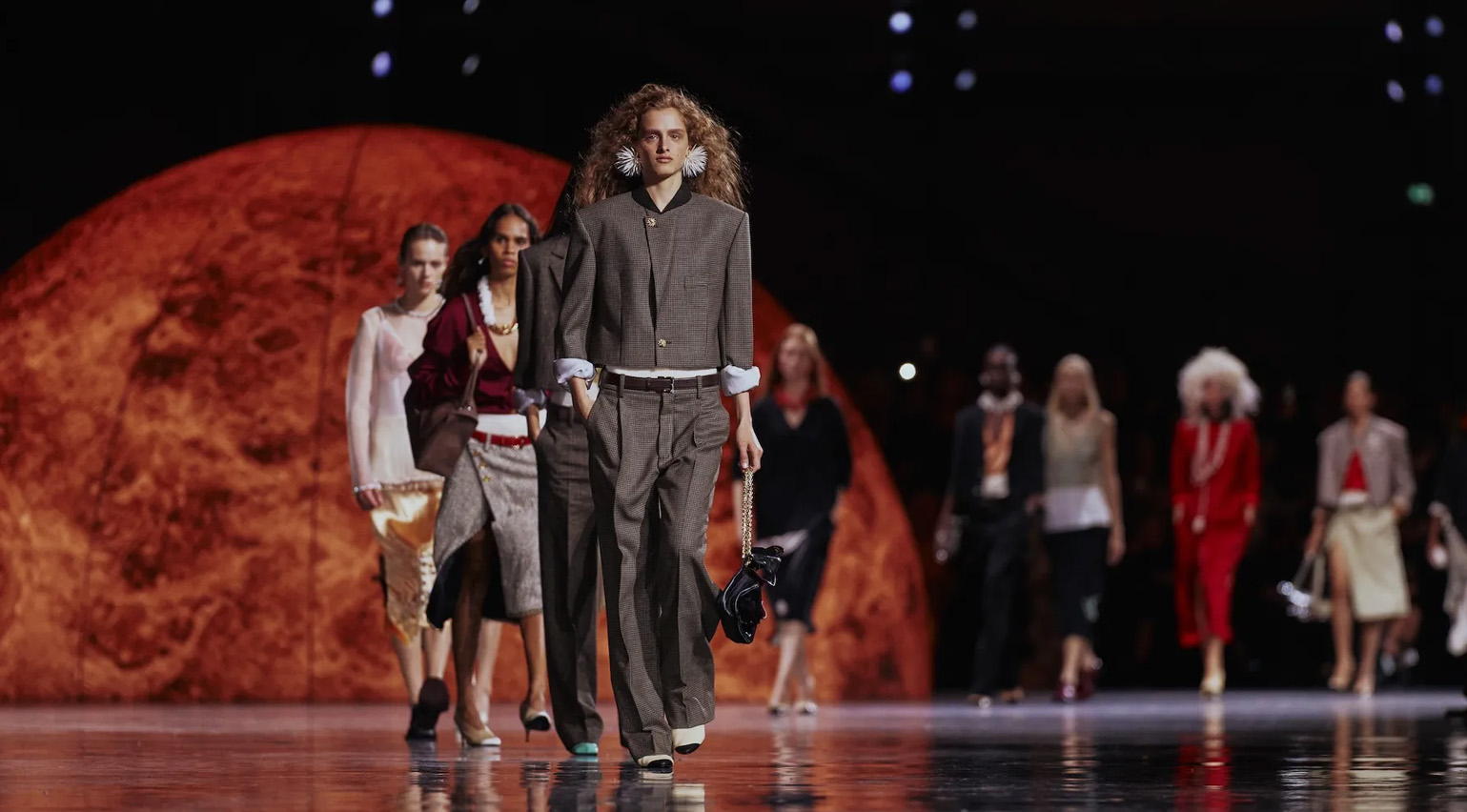 Debuts, dandies, Demi Moore: 25 fashion moments that defined 2025 in style
Debuts, dandies, Demi Moore: 25 fashion moments that defined 2025 in style2025 was a watershed year in fashion. As selected by the Wallpaper* style team, here are the 25 moments that defined the zeitgeist
-
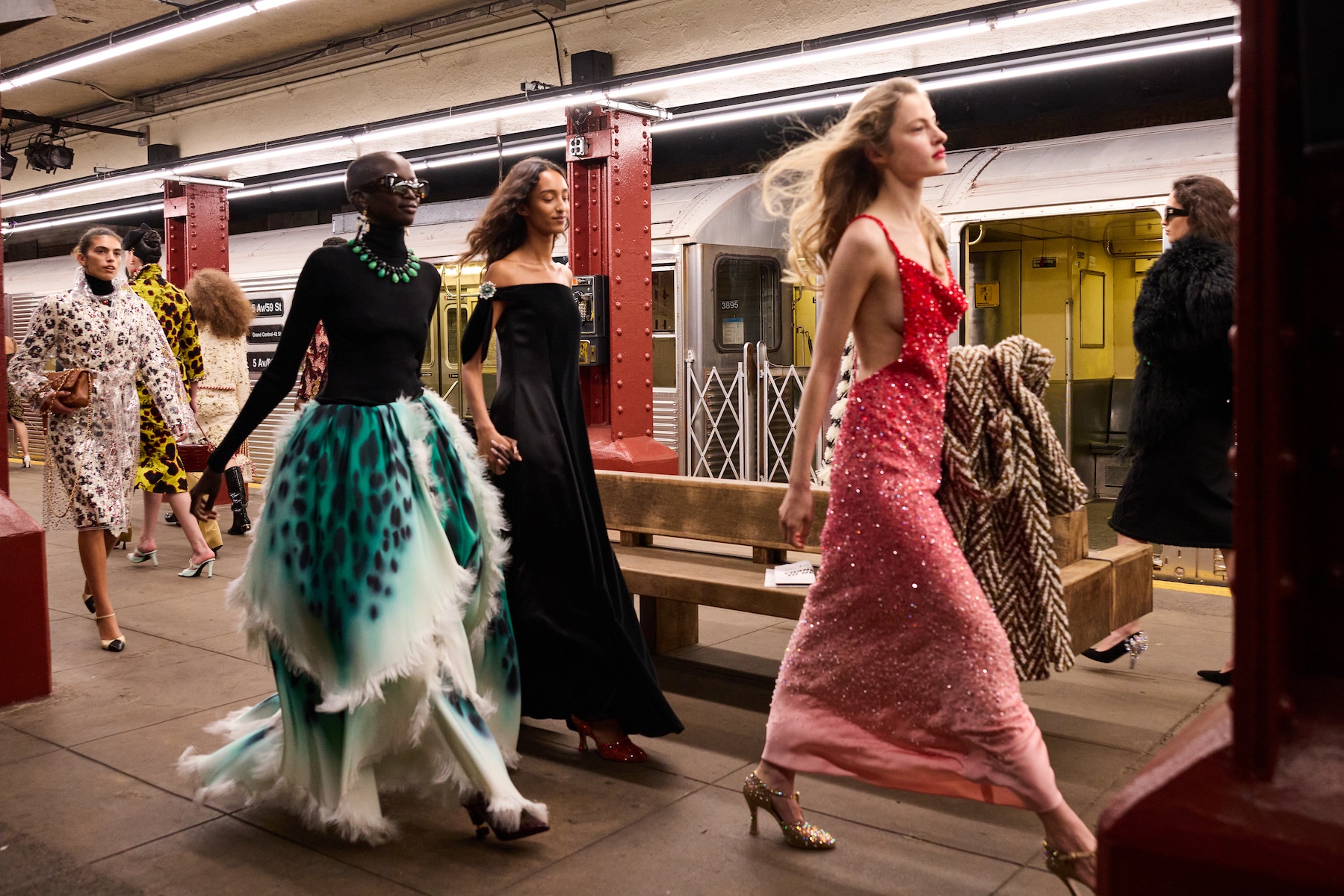 Matthieu Blazy takes to the New York subway for his joyful sophomore Chanel show
Matthieu Blazy takes to the New York subway for his joyful sophomore Chanel showAt the disused Bowery station in downtown Manhattan, Blazy channelled New York’s distinct energy for his first Métiers d’Art show – an astute balance of fantasy and reality
-
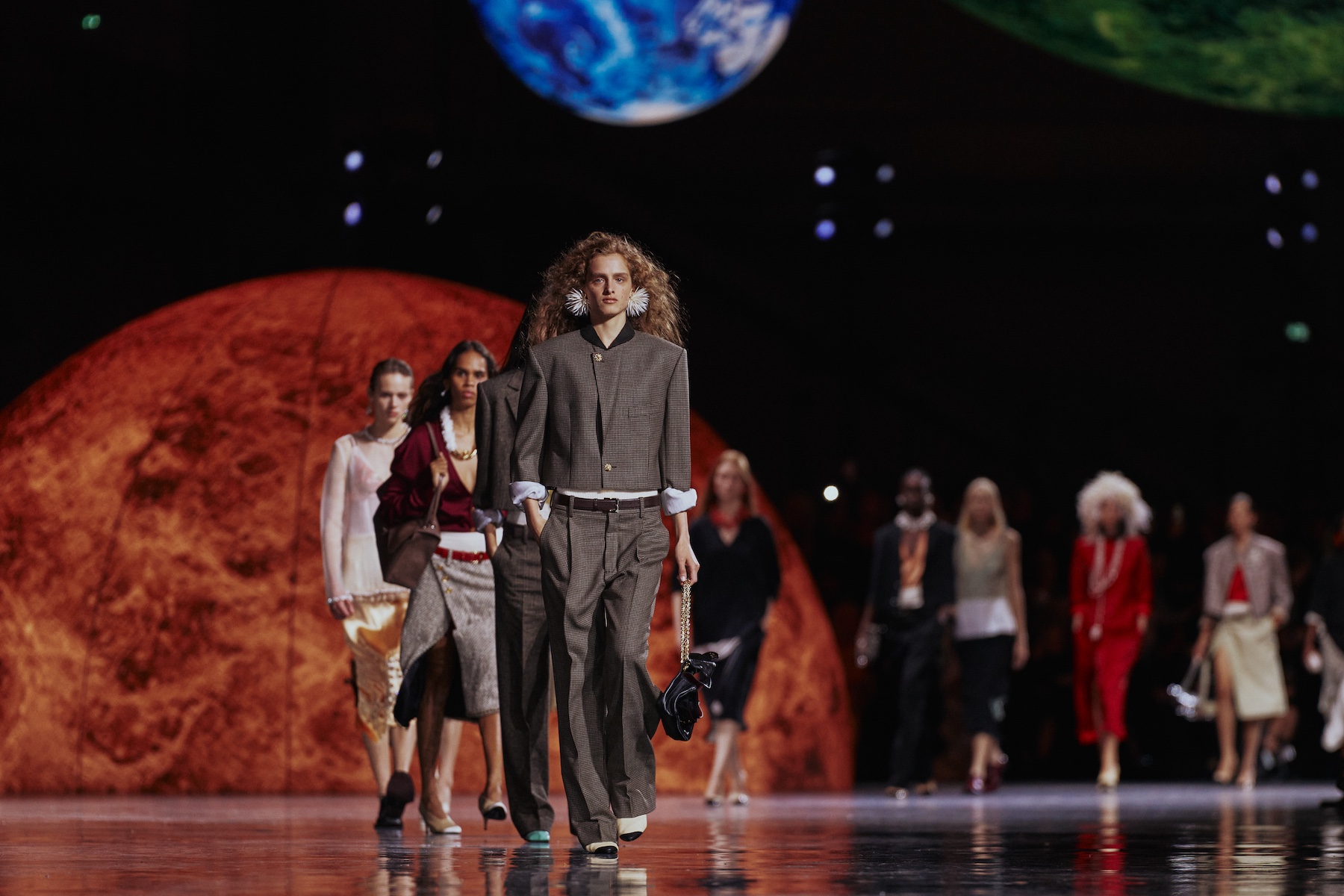 ‘I just wanted to have fun’: Matthieu Blazy makes a joyful Chanel debut
‘I just wanted to have fun’: Matthieu Blazy makes a joyful Chanel debutTransforming the Grand Palais into a glowing solar system, Matthieu Blazy’s much-anticipated first collection was rooted in ideas of modernity and freedom, marking a bold new chapter for Chanel
-
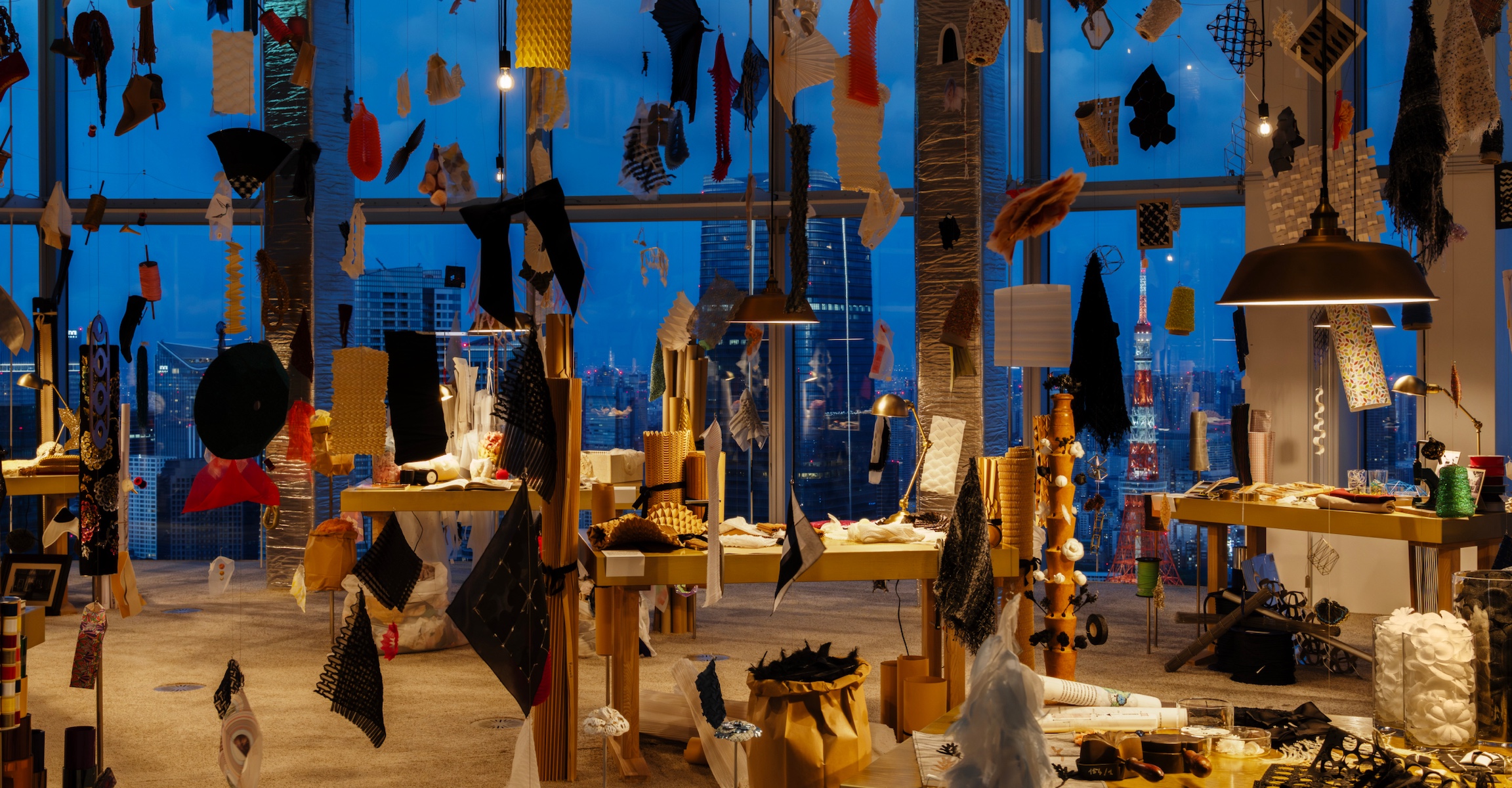 Chanel’s le19M lands in Tokyo with an exhibition that marries Parisian savoir-faire and Japanese craft
Chanel’s le19M lands in Tokyo with an exhibition that marries Parisian savoir-faire and Japanese craftWallpaper* gets a tour of ‘La Galerie du 19M Tokyo’, a new exhibition that sees craftspeople from Chanel’s network of artisans, le19M, unite with their counterparts in Japan for an intriguing cross-cultural exchange
-
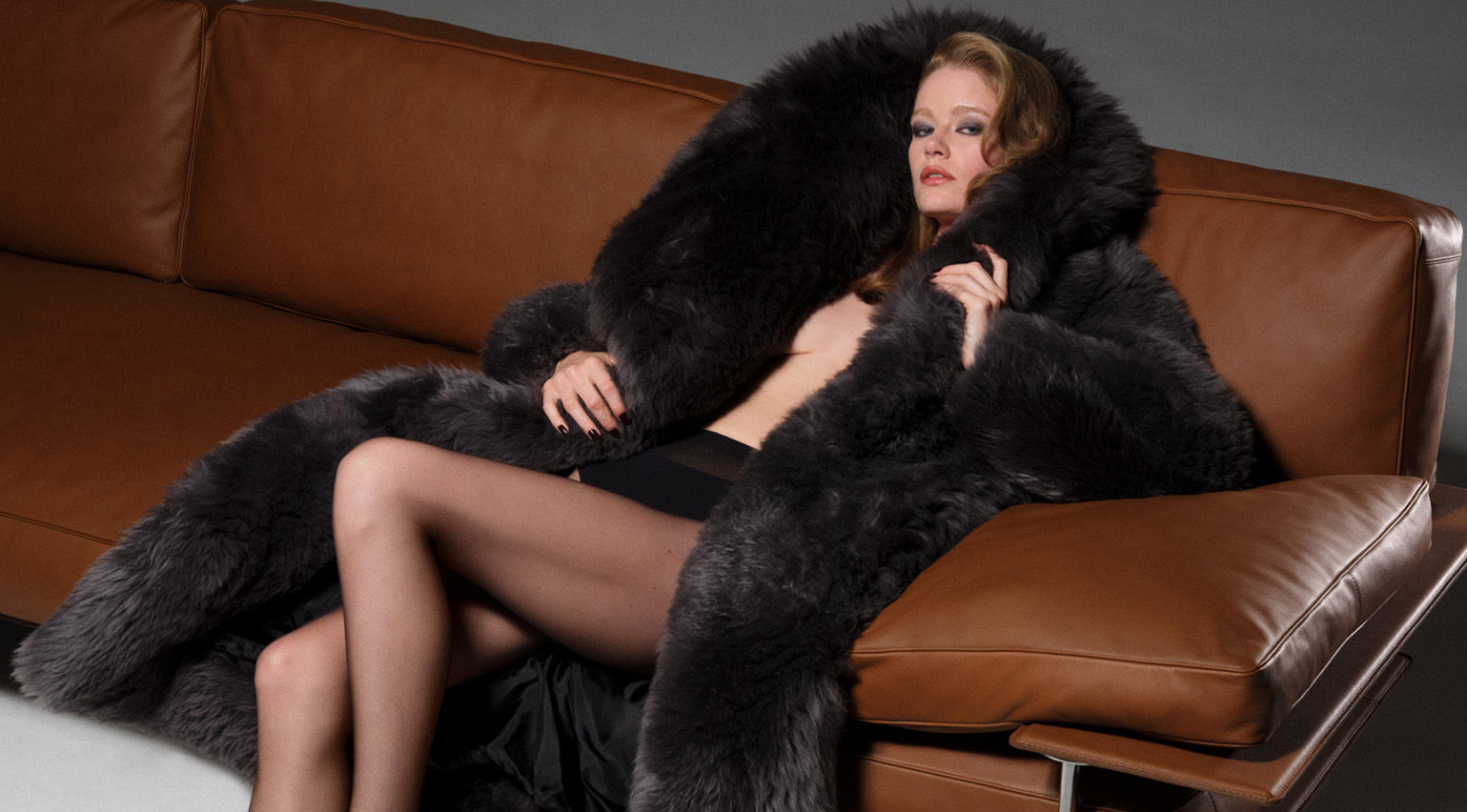 Power suits, thigh-high boots, dangerous glamour: these looks capture A/W 2025’s defining trends
Power suits, thigh-high boots, dangerous glamour: these looks capture A/W 2025’s defining trendsFrom riffs on the working uniform to a mood of dangerous glamour, the A/W 2025 collections encapsulated in 12 distinctive looks and accessories
-
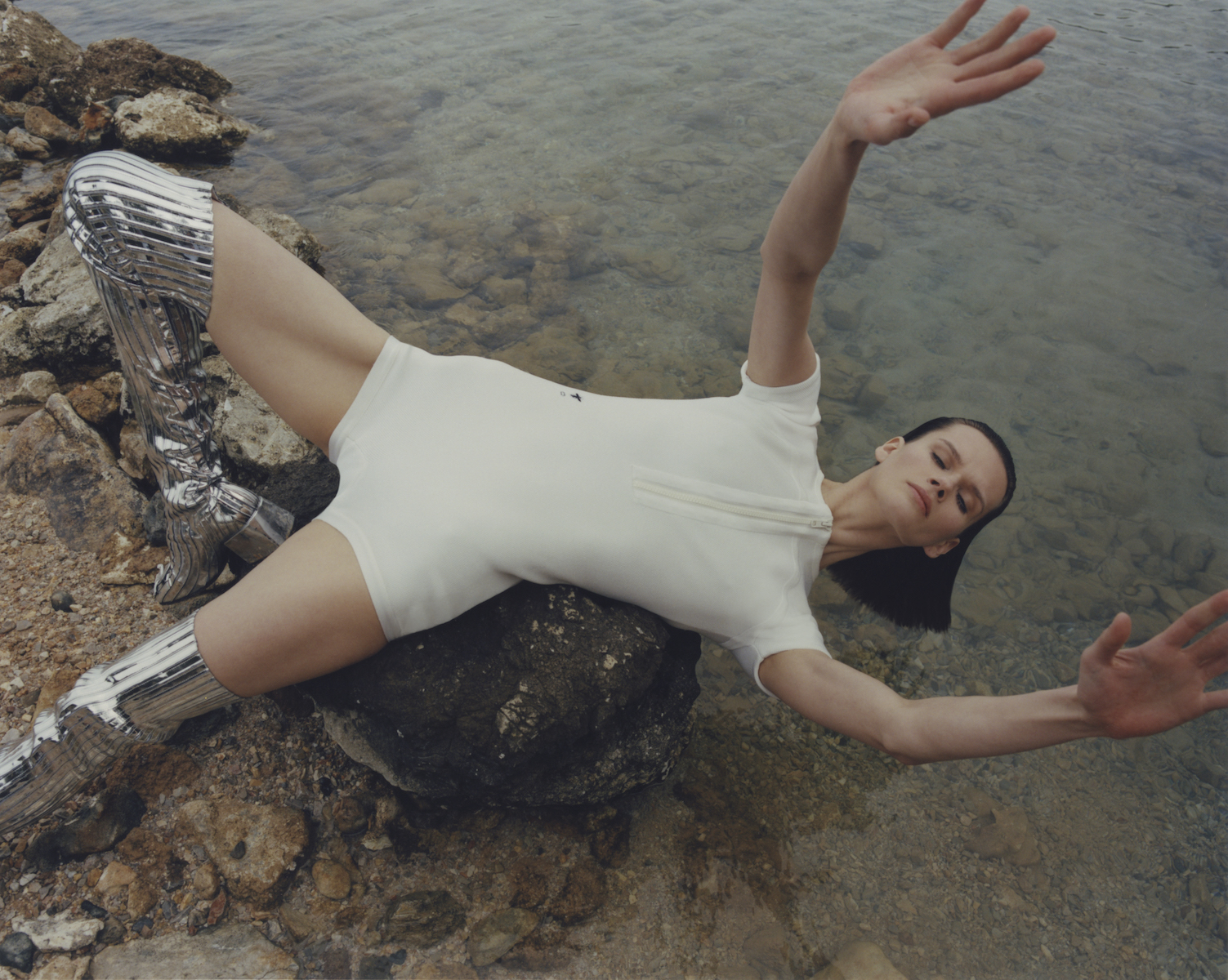 The world’s best swimwear brands, according to Wallpaper*
The world’s best swimwear brands, according to Wallpaper*From architectural precision to a sense of ease and luxury, our comprehensive guide to the world’s best swimwear brands – for both men and women – will help you find the perfect beach attire this summer
-
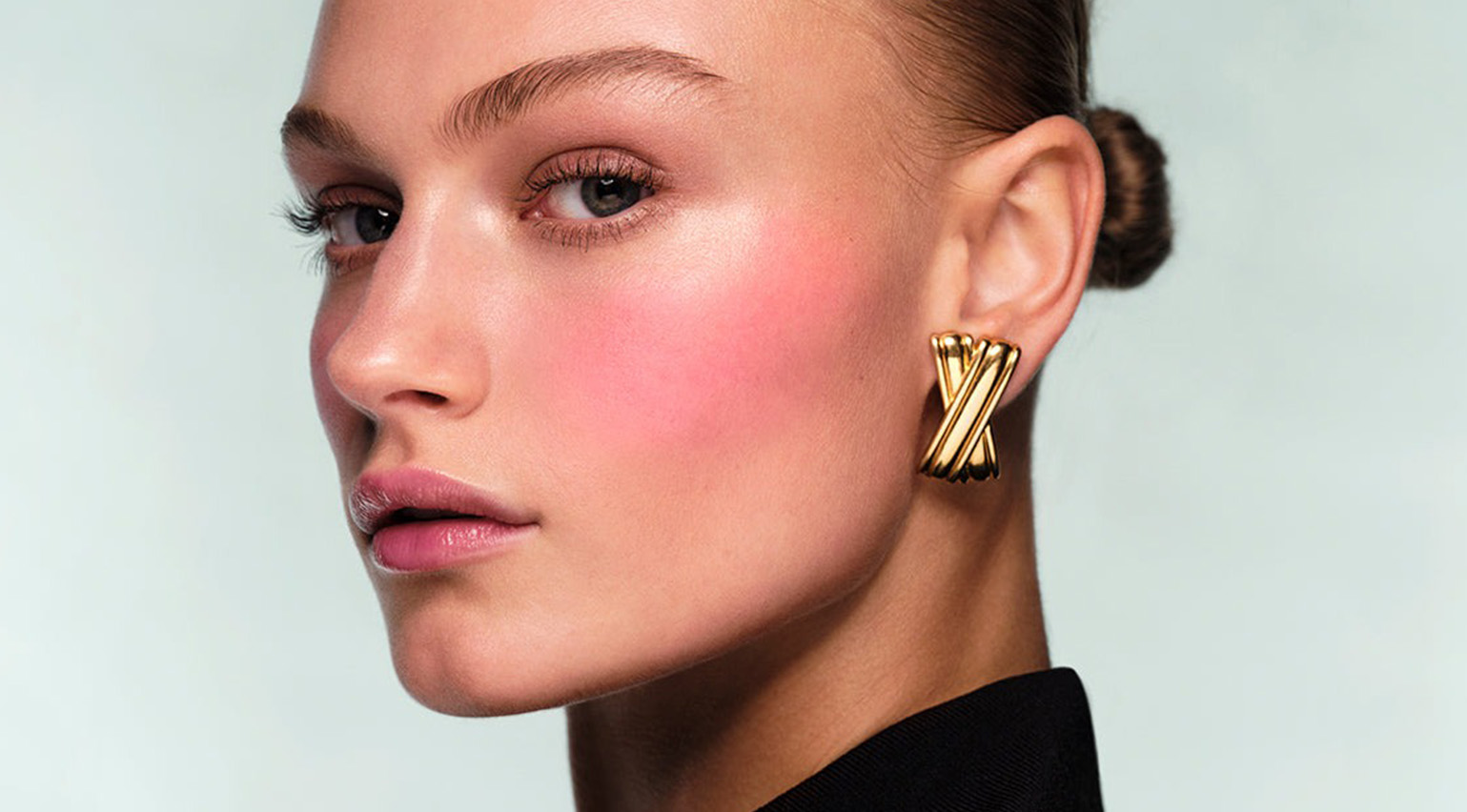 Five of the best cream blush sticks for summer, according to Wallpaper*
Five of the best cream blush sticks for summer, according to Wallpaper*These summery cream blush sticks – from Chanel, Merit, Victoria Beckham and more – have Wallpaper’s seal of approval